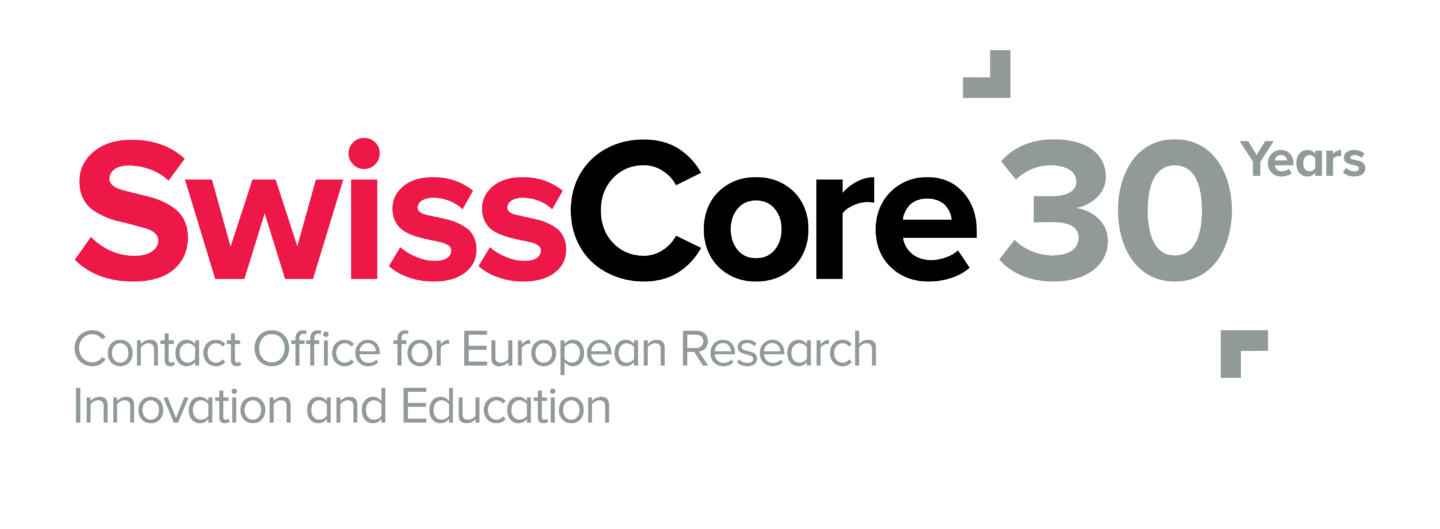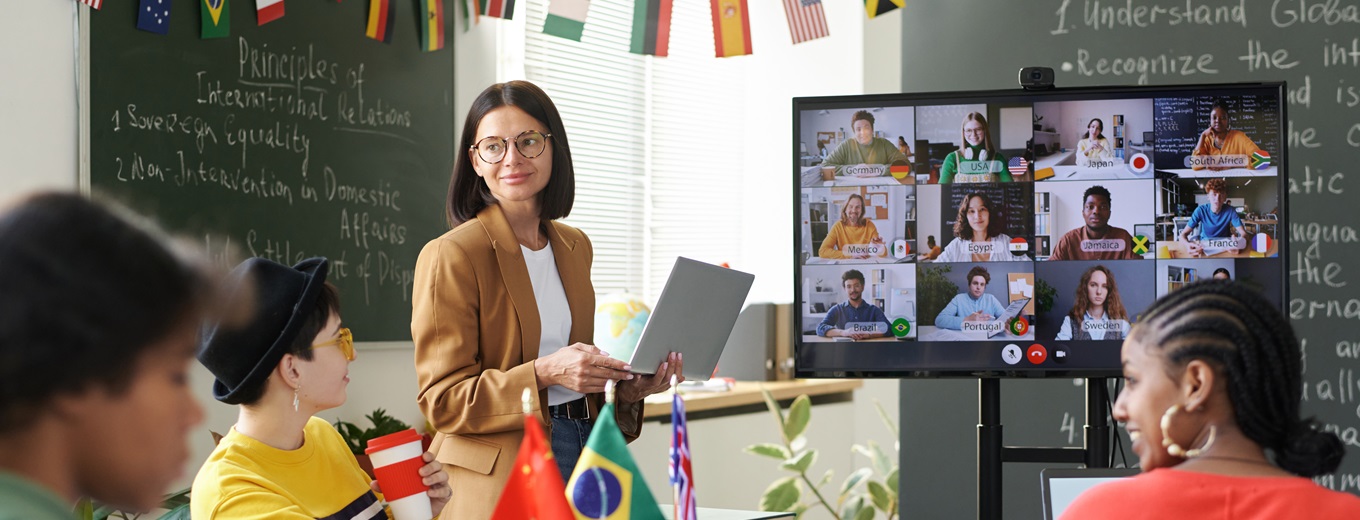A recent report reflects on the potential of increased ‘blended learning’, combining digital and other learning modalities, to strengthen education systems.
Blended learning describes the combination of multiple instruction modes. Rapid technological advances and emergency remote teaching during the COVID-19 pandemic drastically accelerated the adoption of digital tools in education institutions and revealed their potential to be integrated through blended learning. Acknowledging this trend, a recent report by the European Expert Network on Economics of Education (EENEE) discusses the evolution, implementation status, and future challenges of the digital dimension of blended learning in European education systems.
The report notes an overall increase in the adoption of blended learning across Europe. This is largely because blended education is regarded to ensure more inclusive and student-centred learning experiences by promoting autonomy and flexibility over the approach, place, and time of learning. By linking several external studies, the report finds that blended learning has positive effects on student outcomes, particularly in primary and secondary education, by increasing student motivation and engagement. For teacher education, blended learning has the potential to enhance pedagogical practices. Moreover, digital tools and platforms are expected to improve teachers’ assessment of and intervention in learning trajectories.
Aiming to capture these benefits, several key actions have been taken on EU-level to promote the harmonised and coordinated adoption of digital methods in blended education. The legal basis for supporting a unified approach at European level is provided by the Council Recommendation on blended learning approaches for high-quality and inclusive primary and secondary education adopted in 2021, along with the Council Recommendations on the key enabling factors for successful digital education and training (C/2024/1115), and on improving the provision of digital skills and competences in education and training (C/2024/1030). Additionally, the report points to the importance of the Erasmus+ programme, which funds projects promoting blended mobility as well as collaborations that aim to advance the implementation of blended learning.
However, as education is a national competence, there remains a lack of systematic integration of digital blended learning into educational practices across the EU. For instance, the report illustrates that the Netherlands, Finland and Sweden achieve high rates of around 50% of people reporting the use of online learning in 2023, while this applies to only around 10% of learners in Romania. Among the challenges to strengthening the digital dimension of blended learning, the report identifies high investment in IT and digital infrastructure, social and institutional factors, as well as variations in digital literacy. For teachers, which are expected to harness digital tools to deliver blended education, challenges remain in overcoming digital divides of age and location, resistance to change, as well as successful and sustainable scaling of public initiatives. Global cooperation and partnerships are seen as an important avenue for strengthening teachers’ capacities in this regard.
Reflecting on the future of blended education, the report identifies emerging technologies, such as Artificial Intelligence, Virtual Reality, gamification tools, and the metaverse as influential drivers to further digitalise blended learning. However, their effectiveness in unlocking the benefits of blended learning will depend on the design and implementation of educational practices and policies at the national and EU level.

